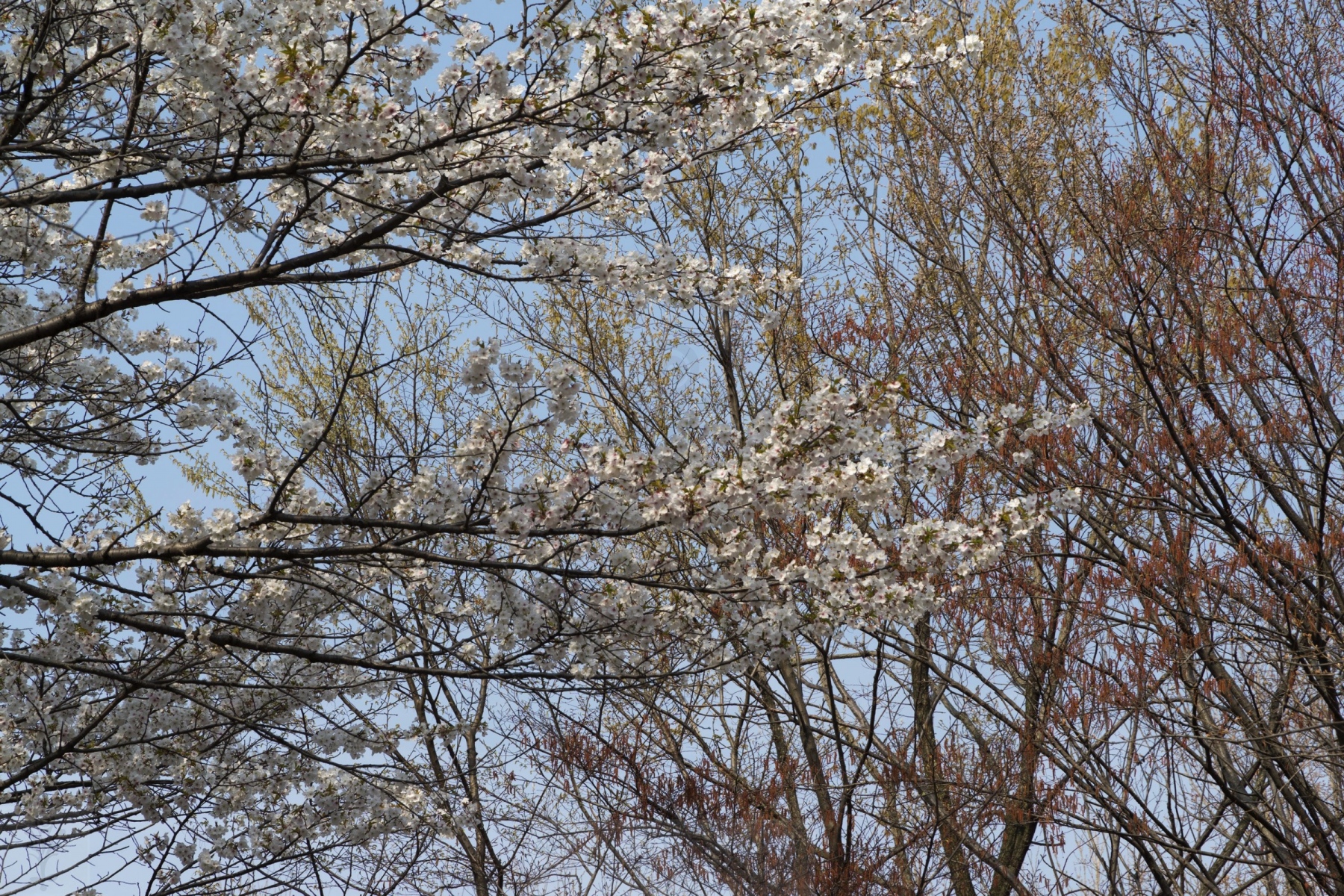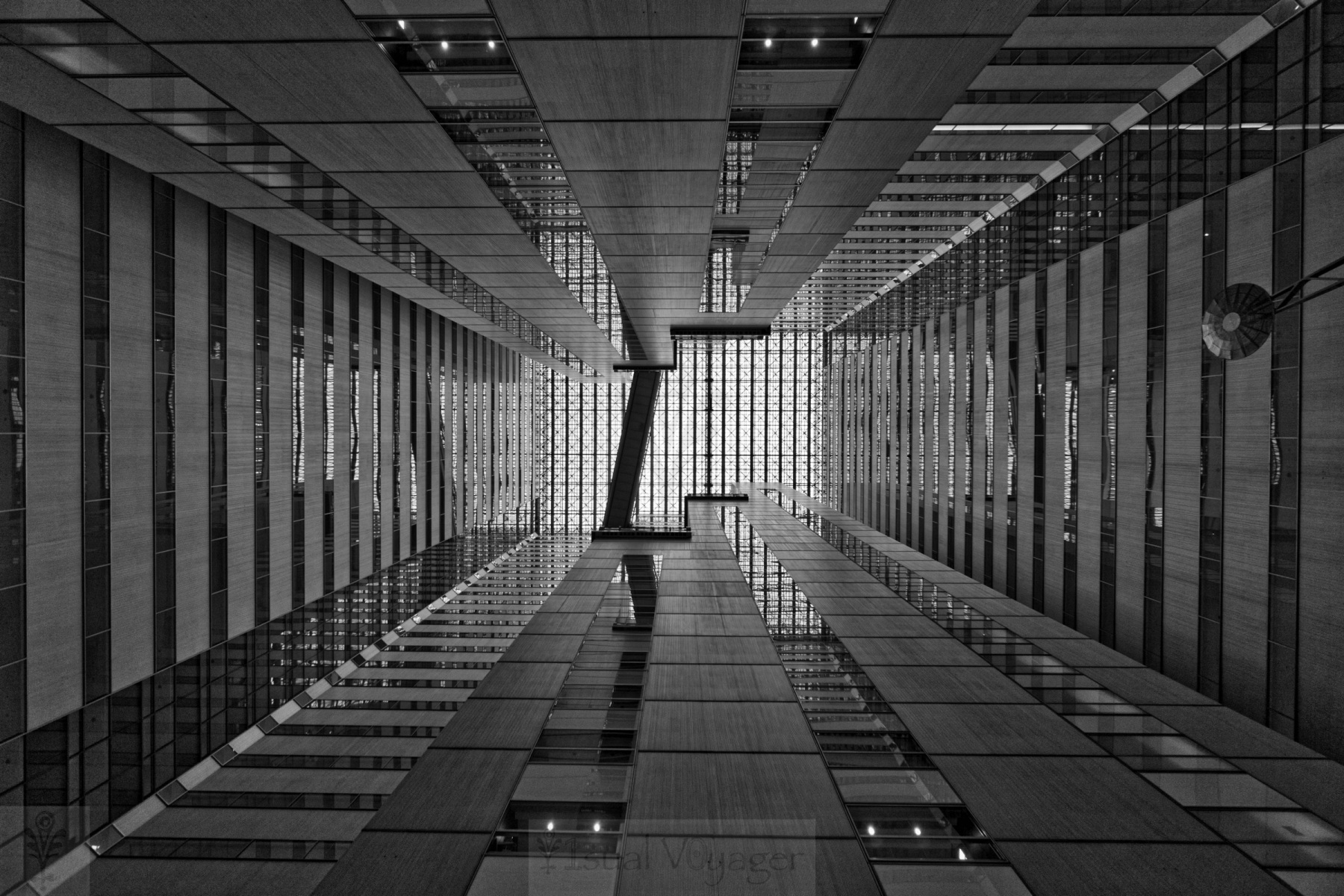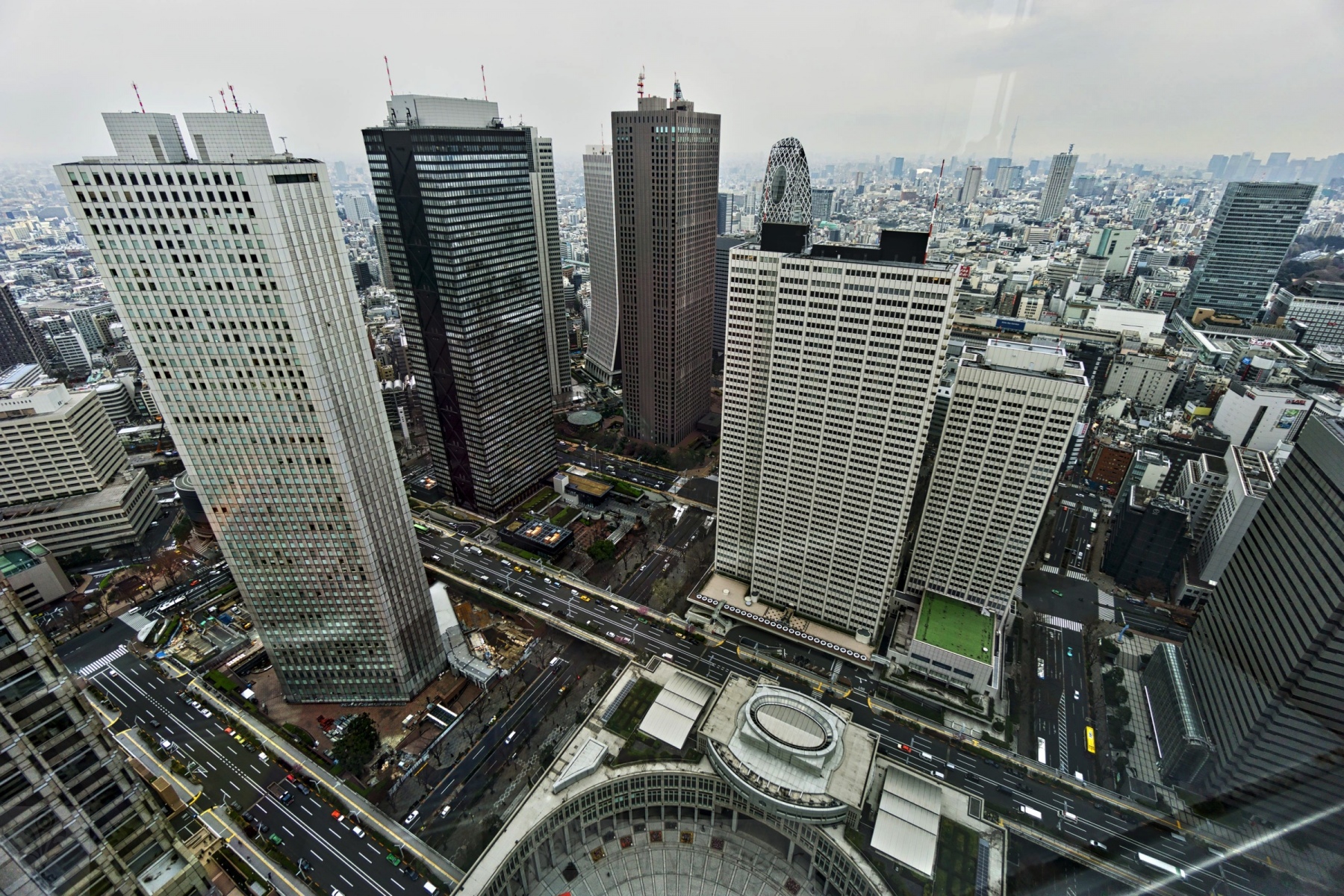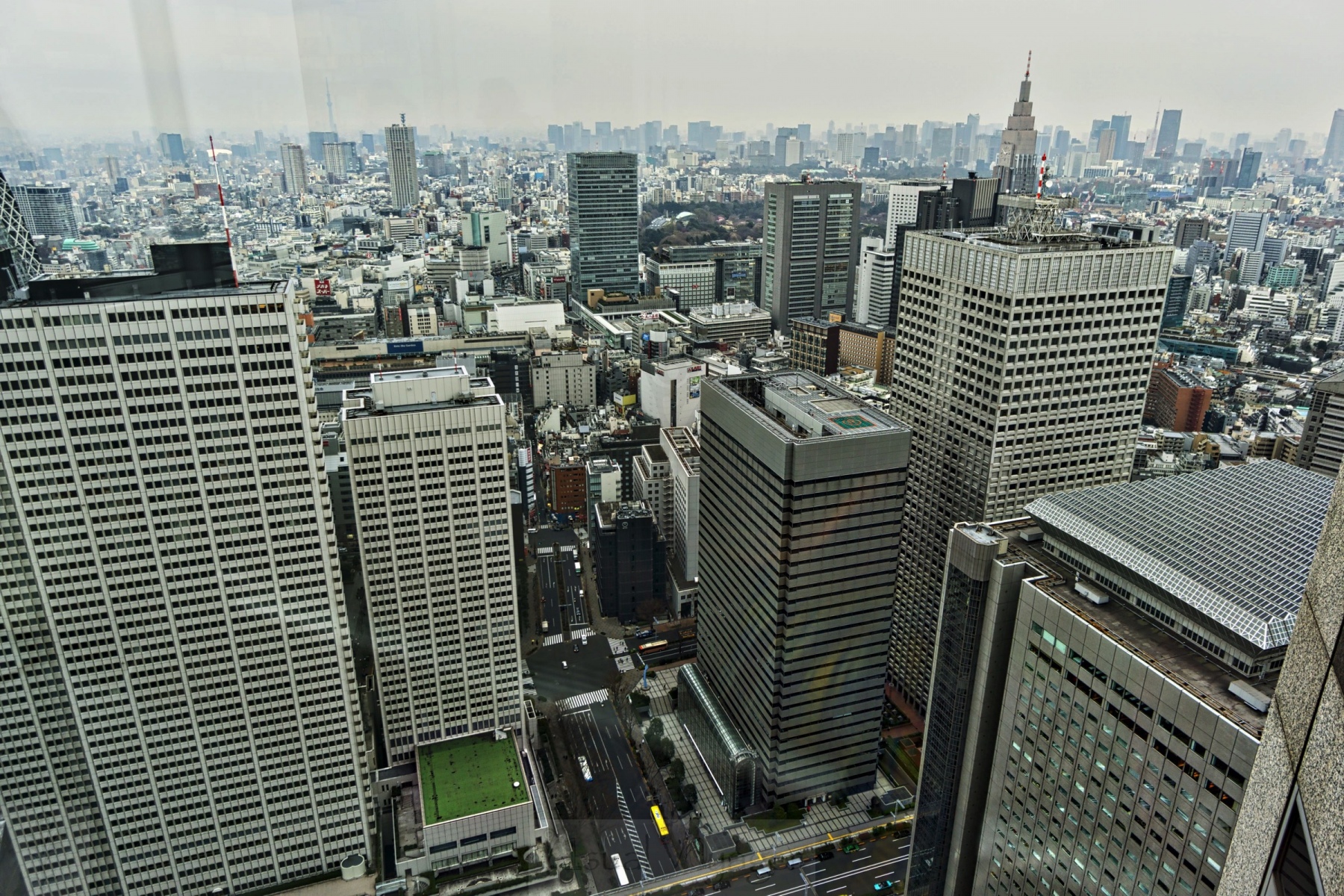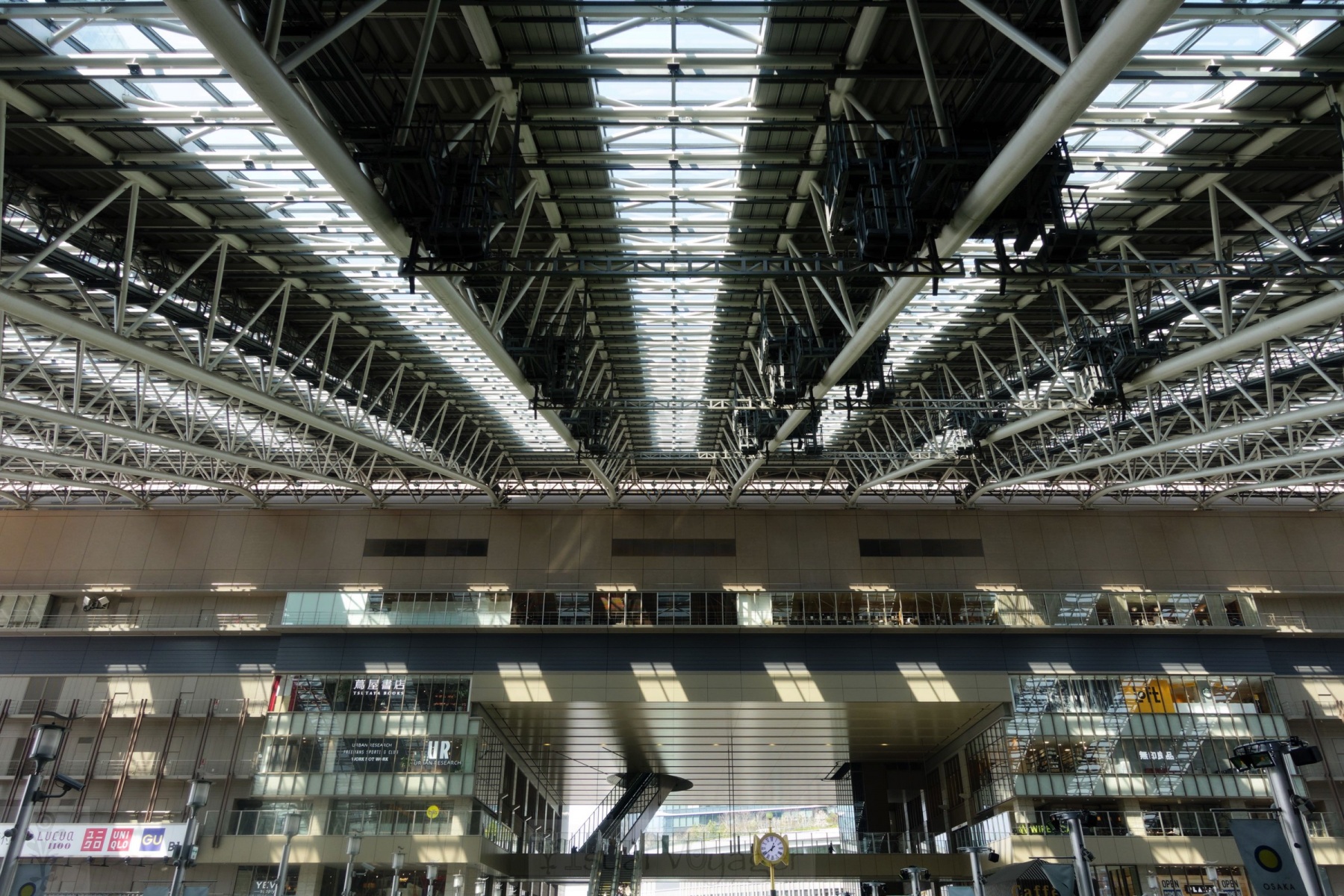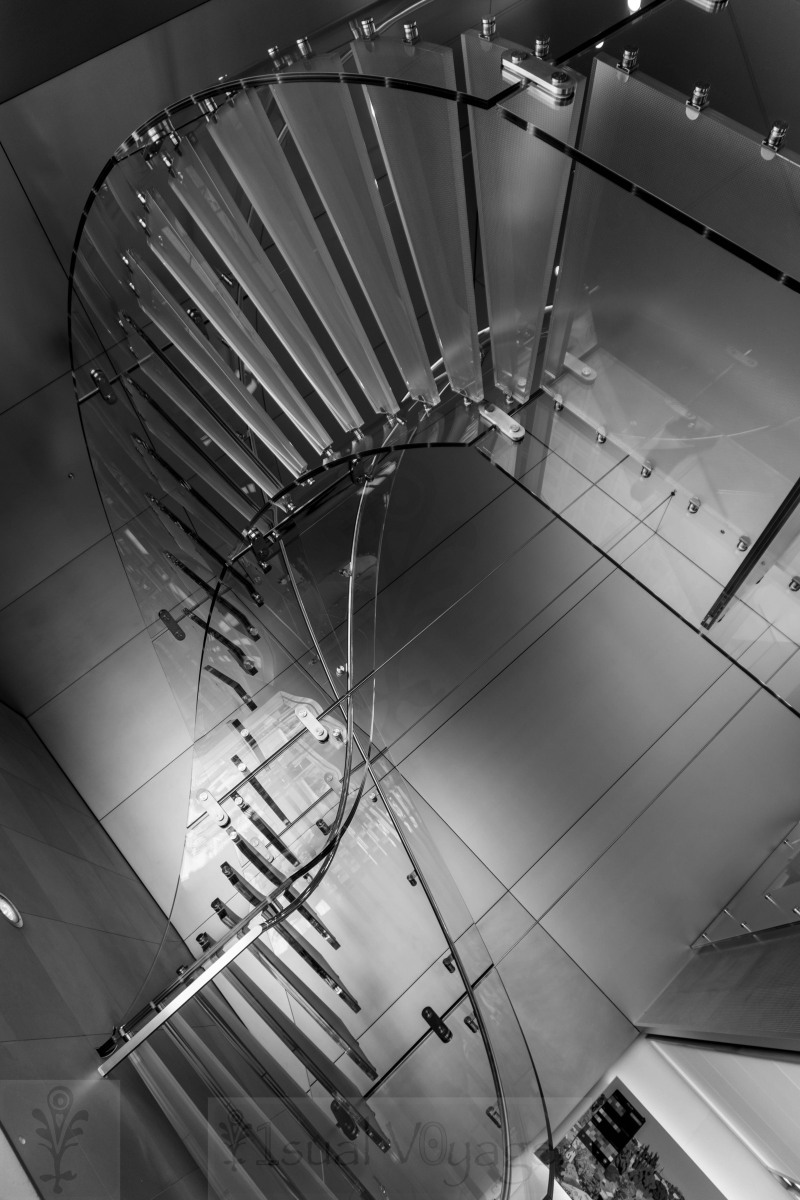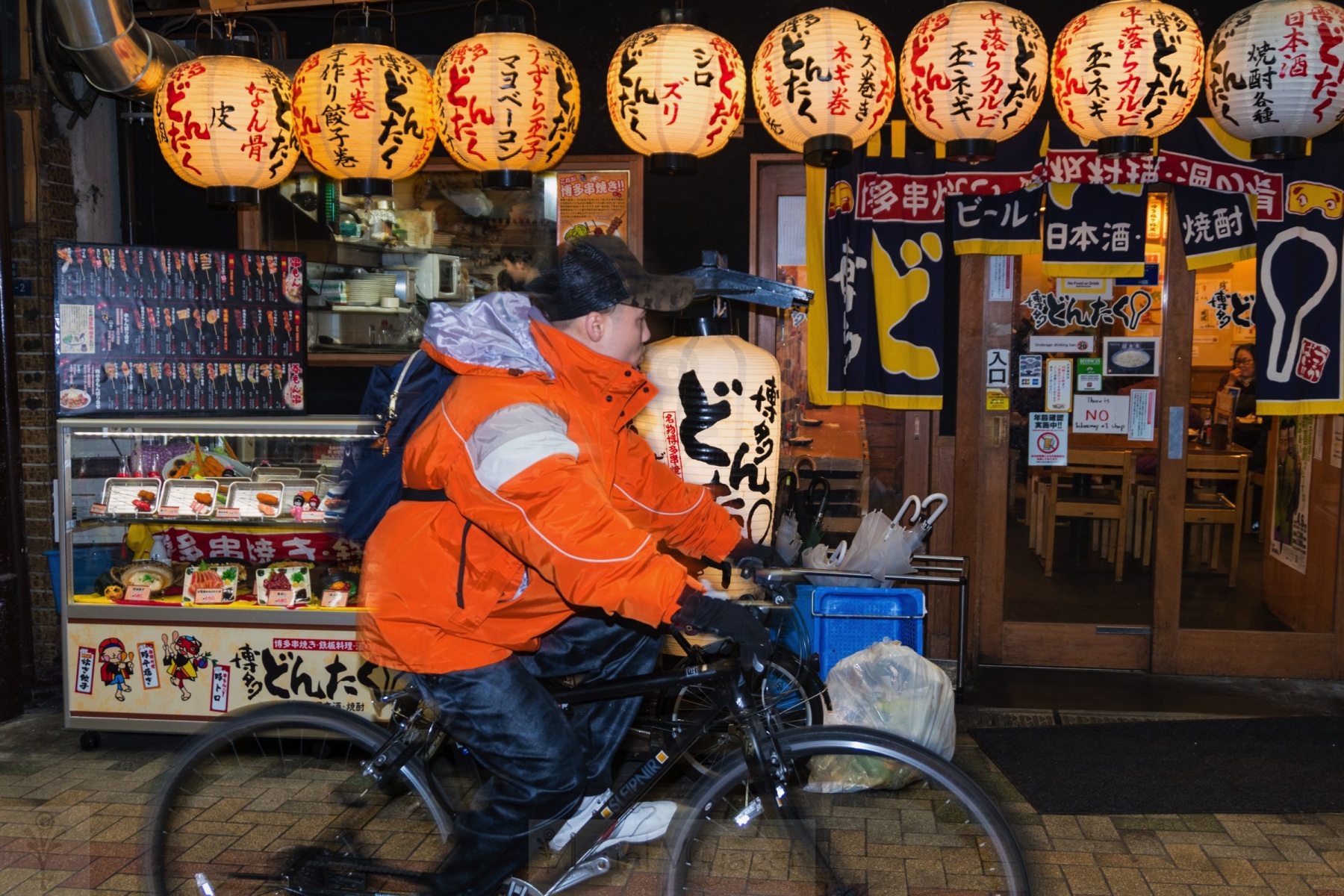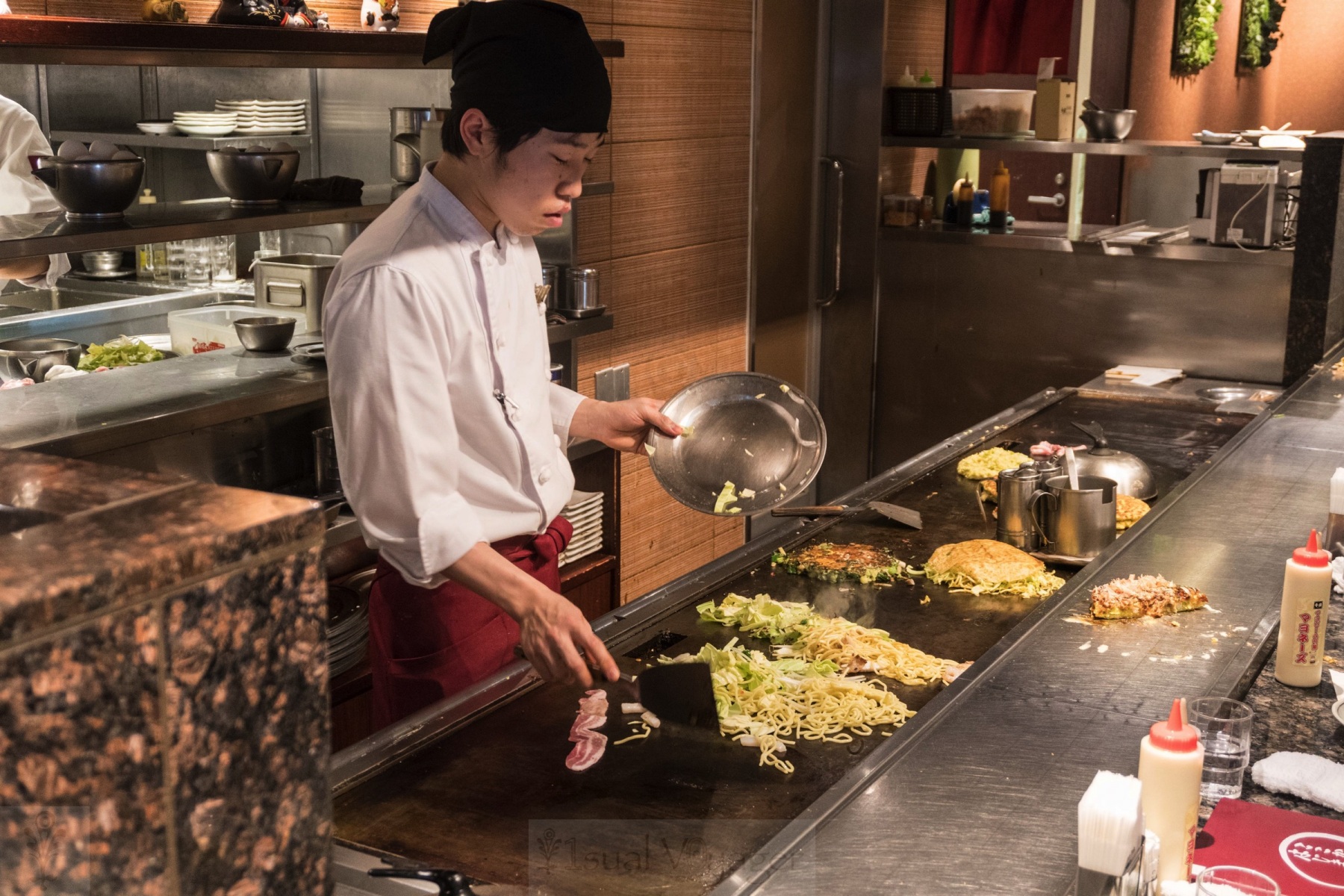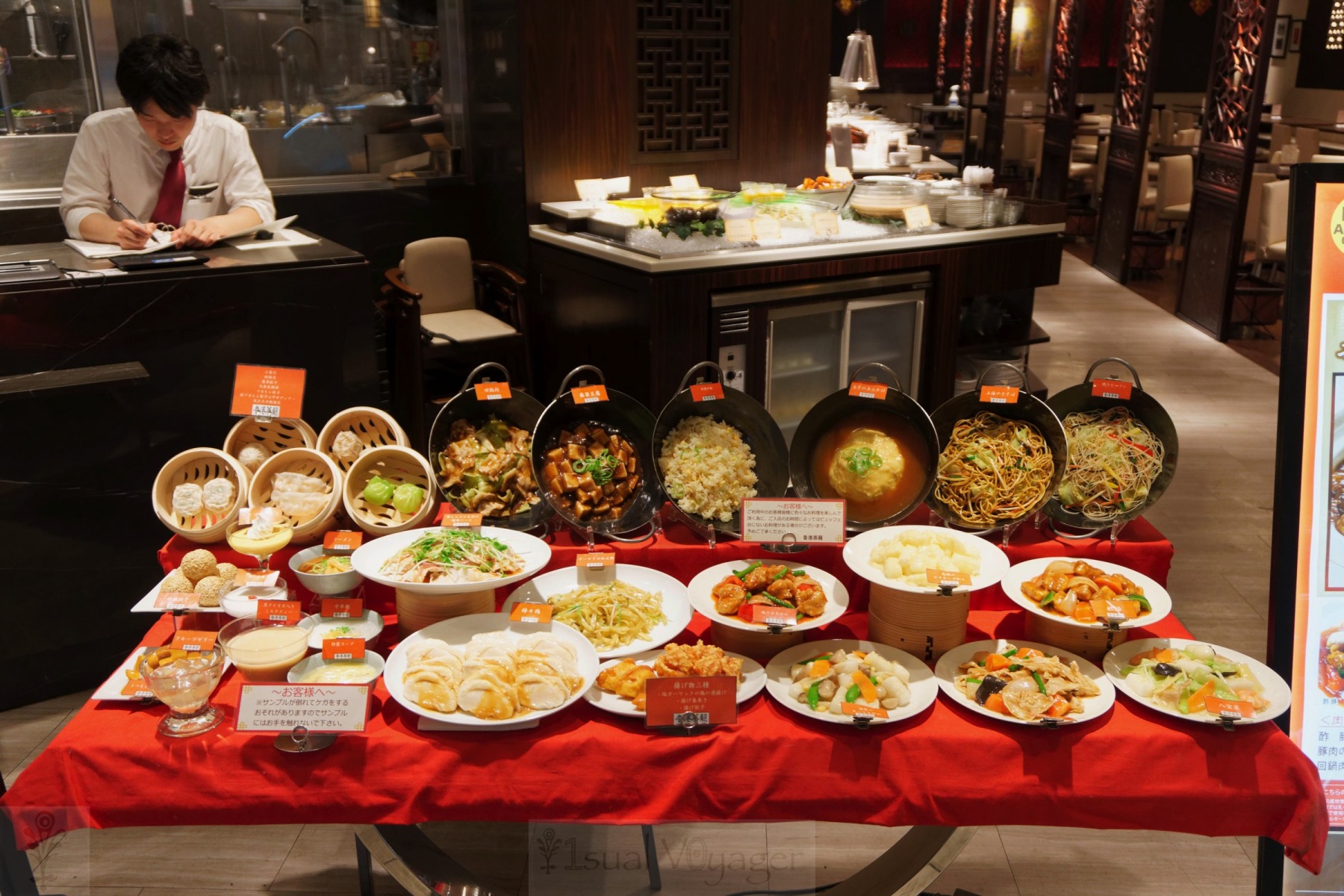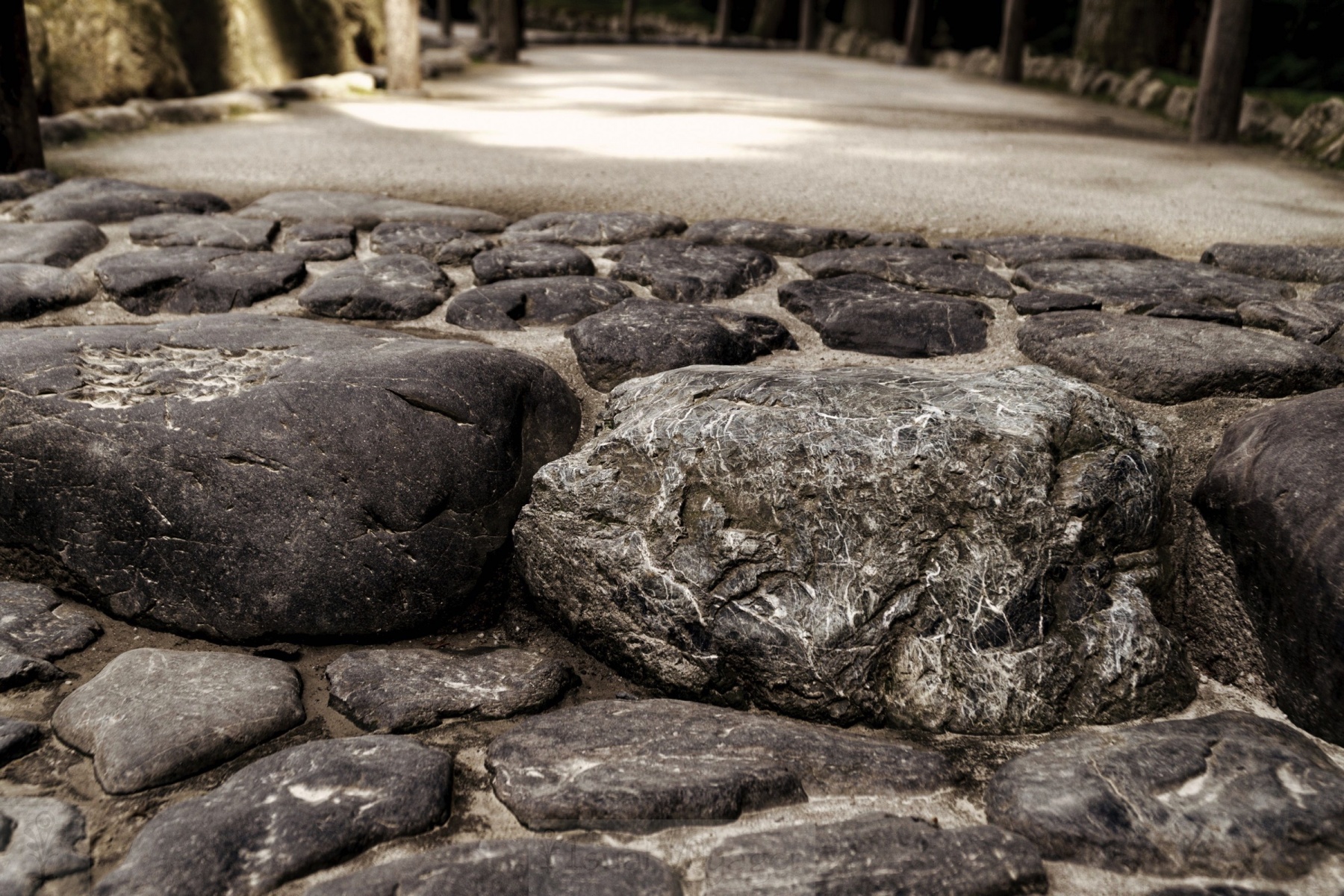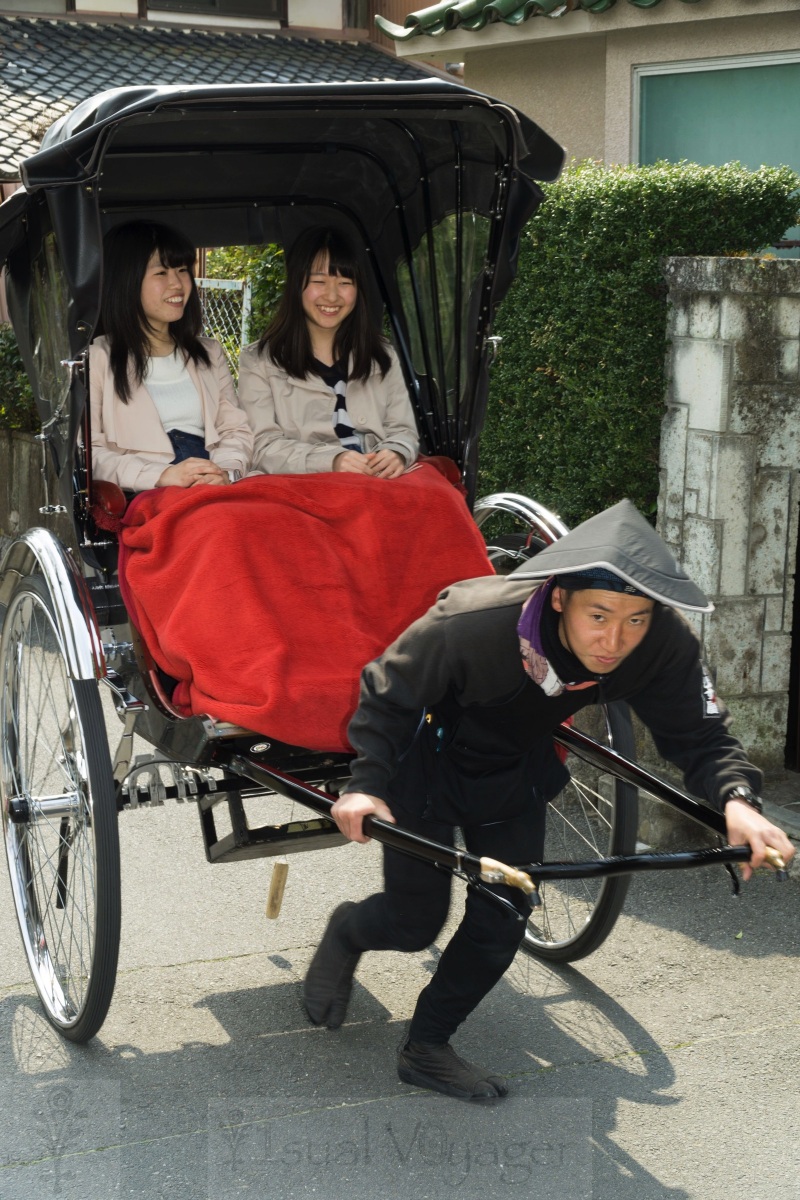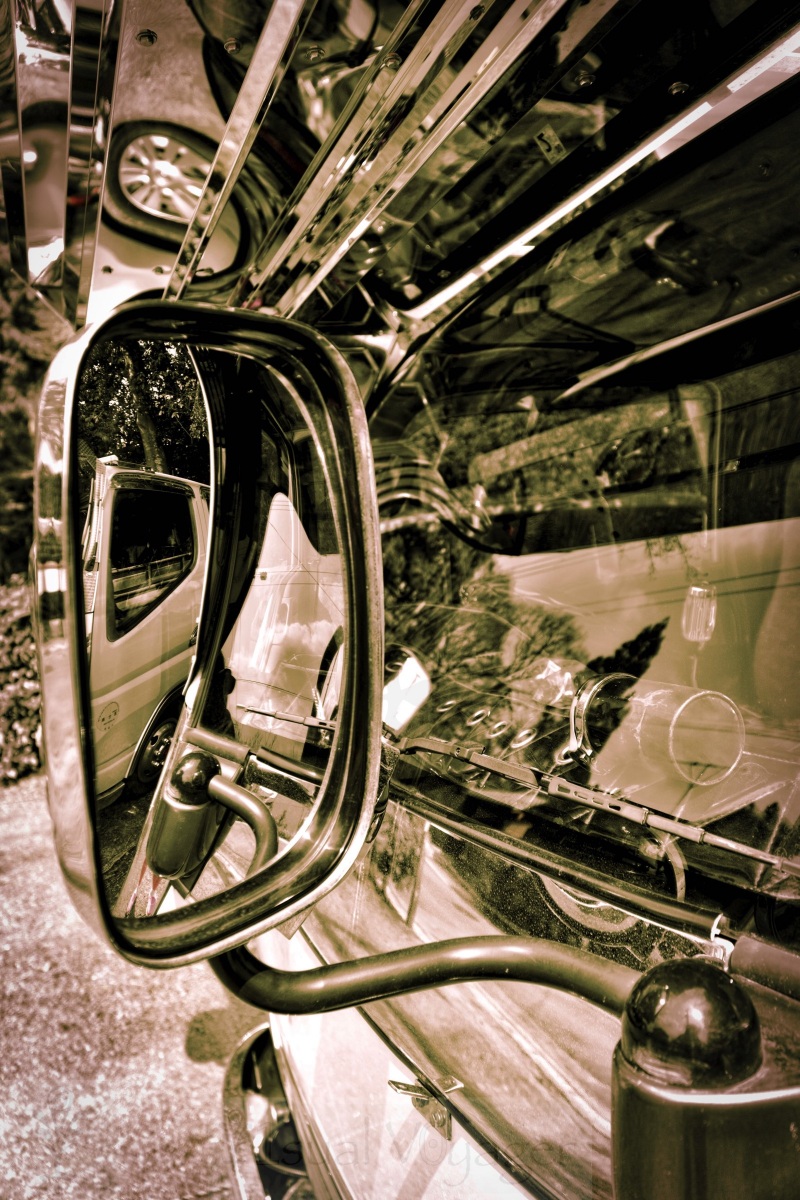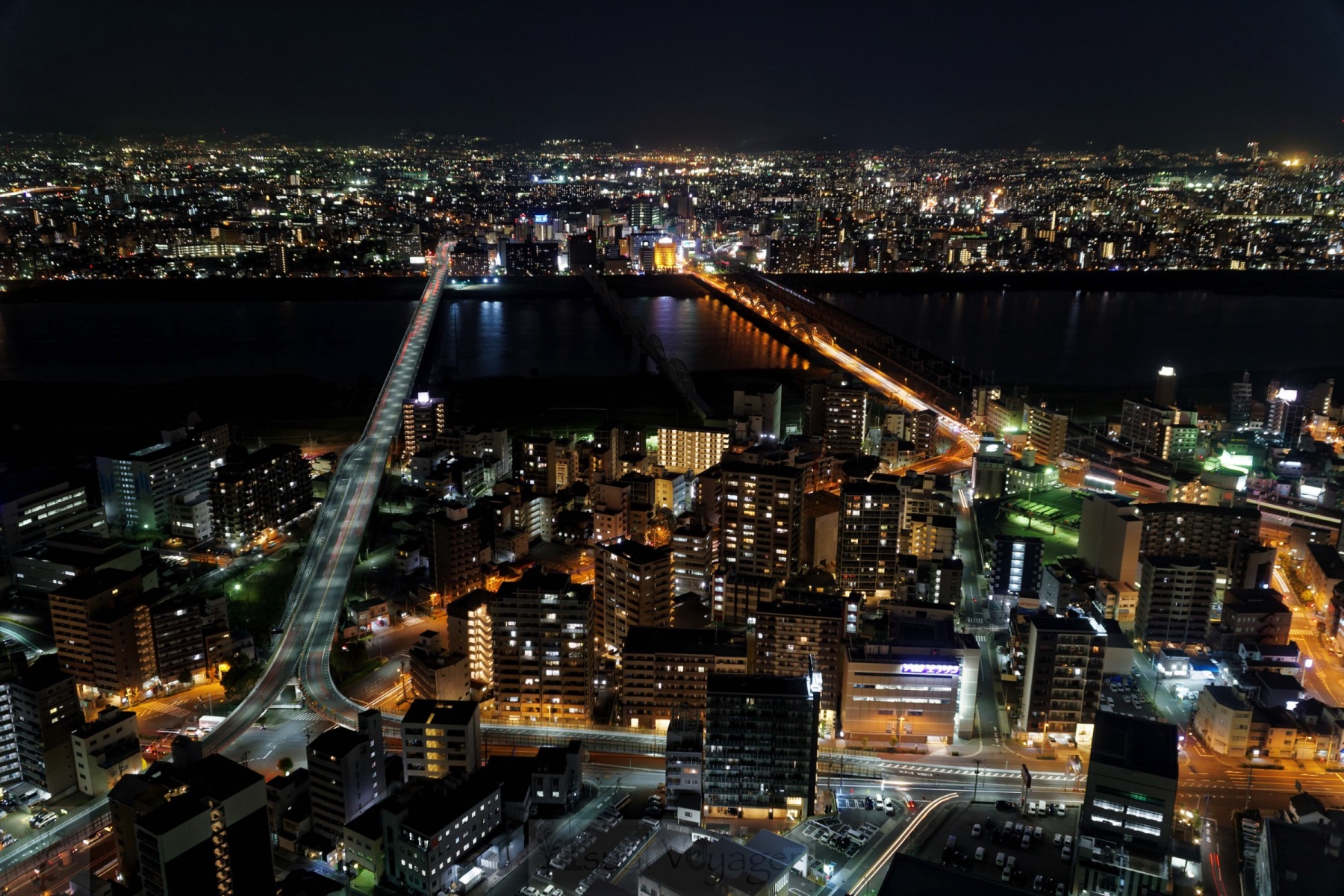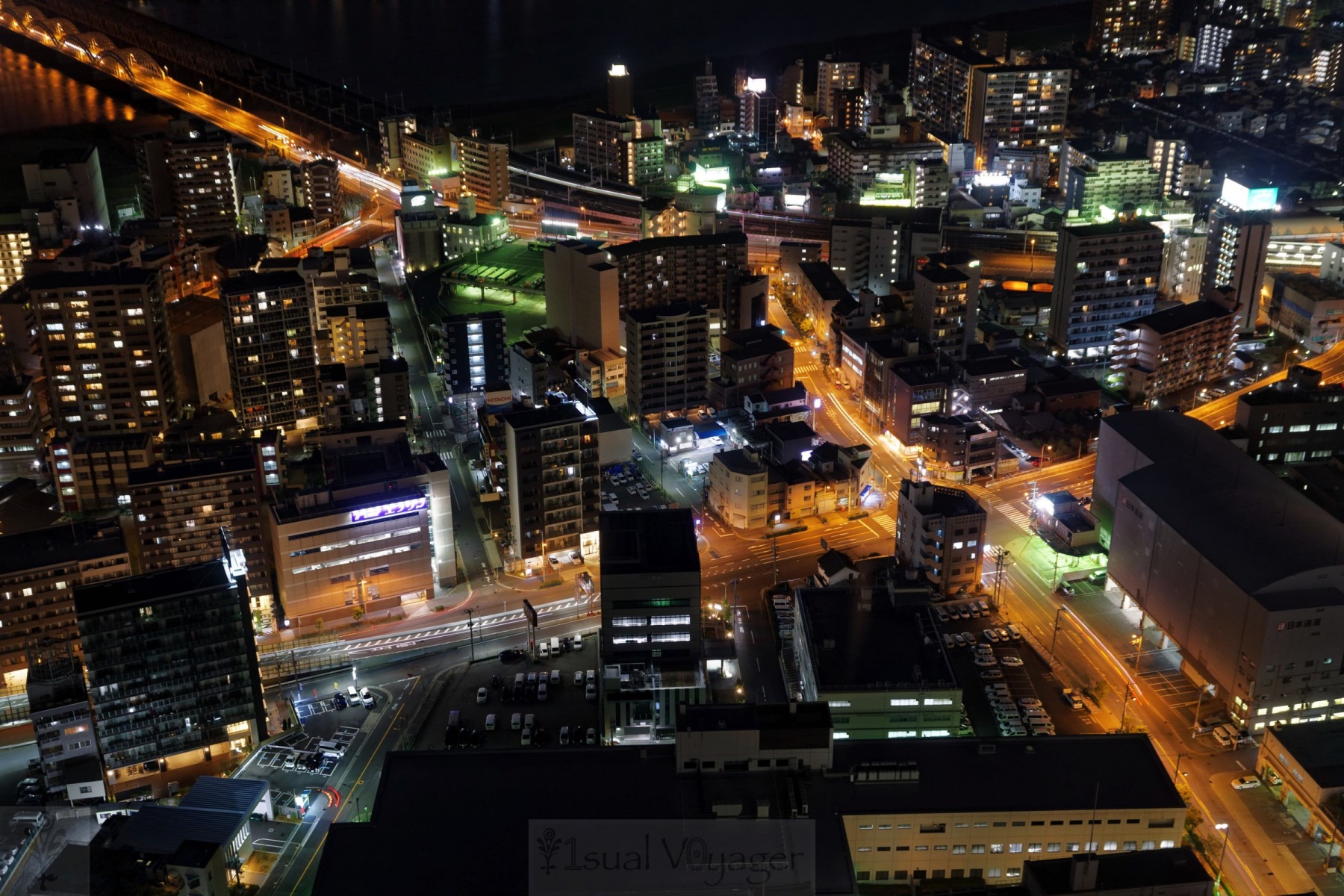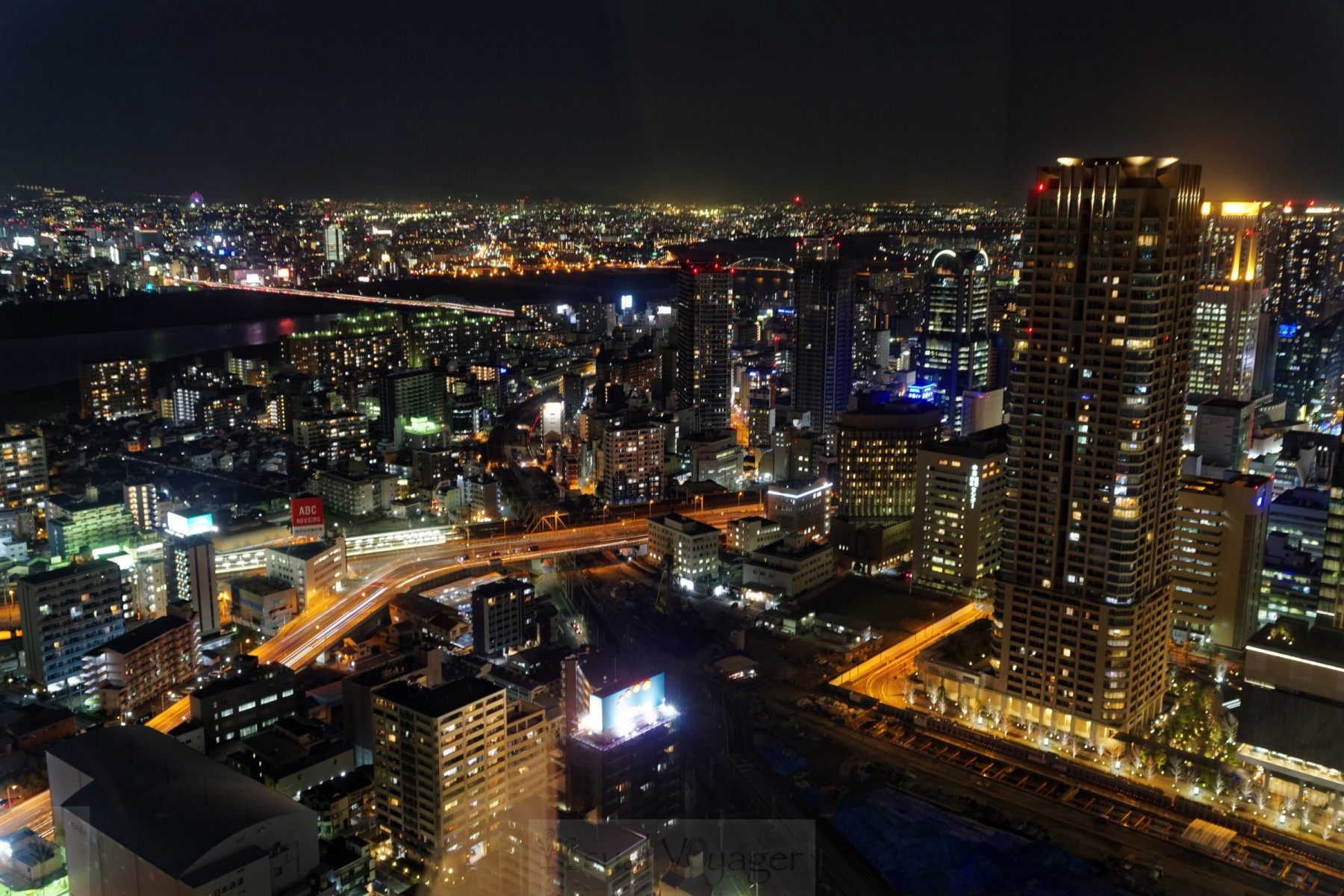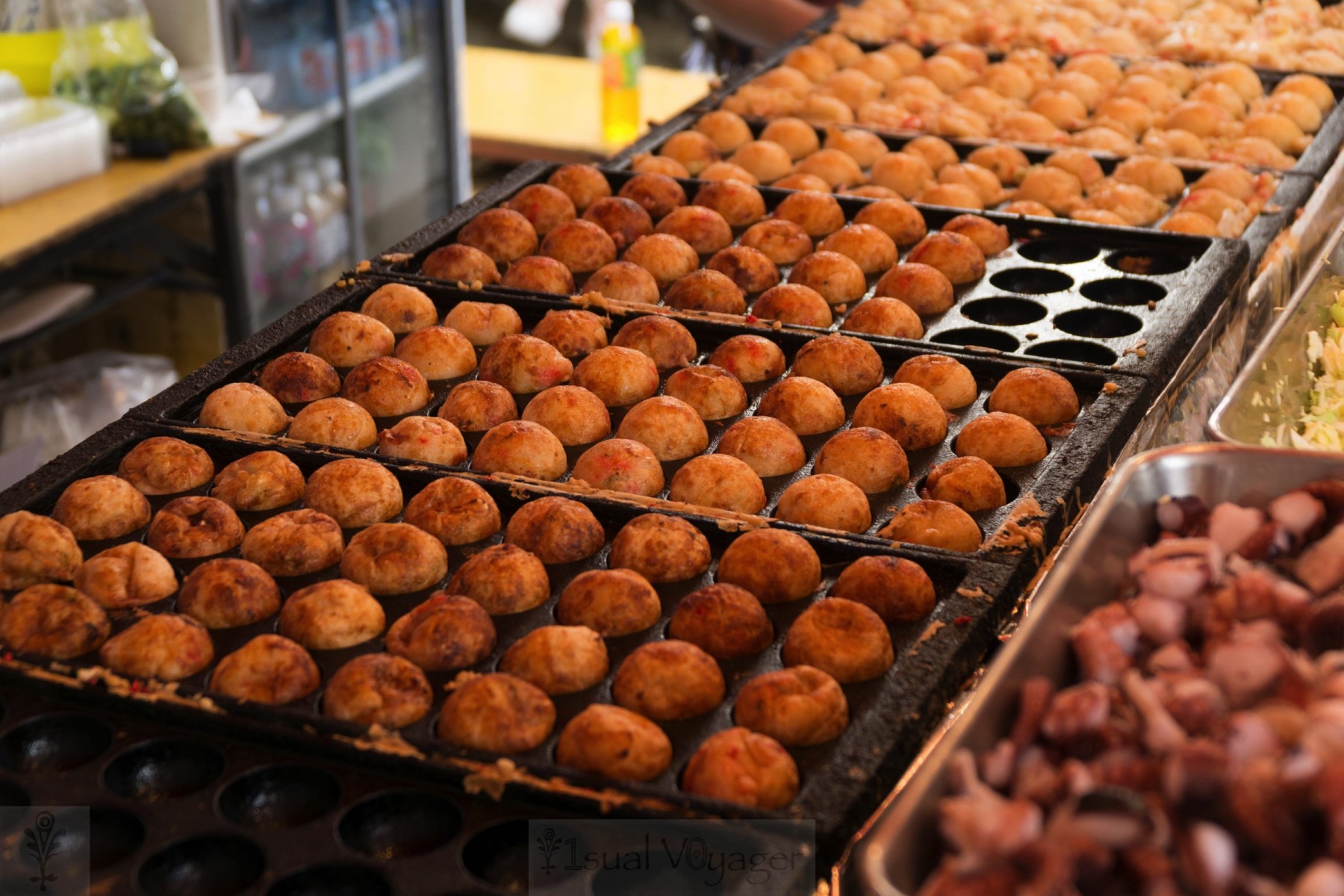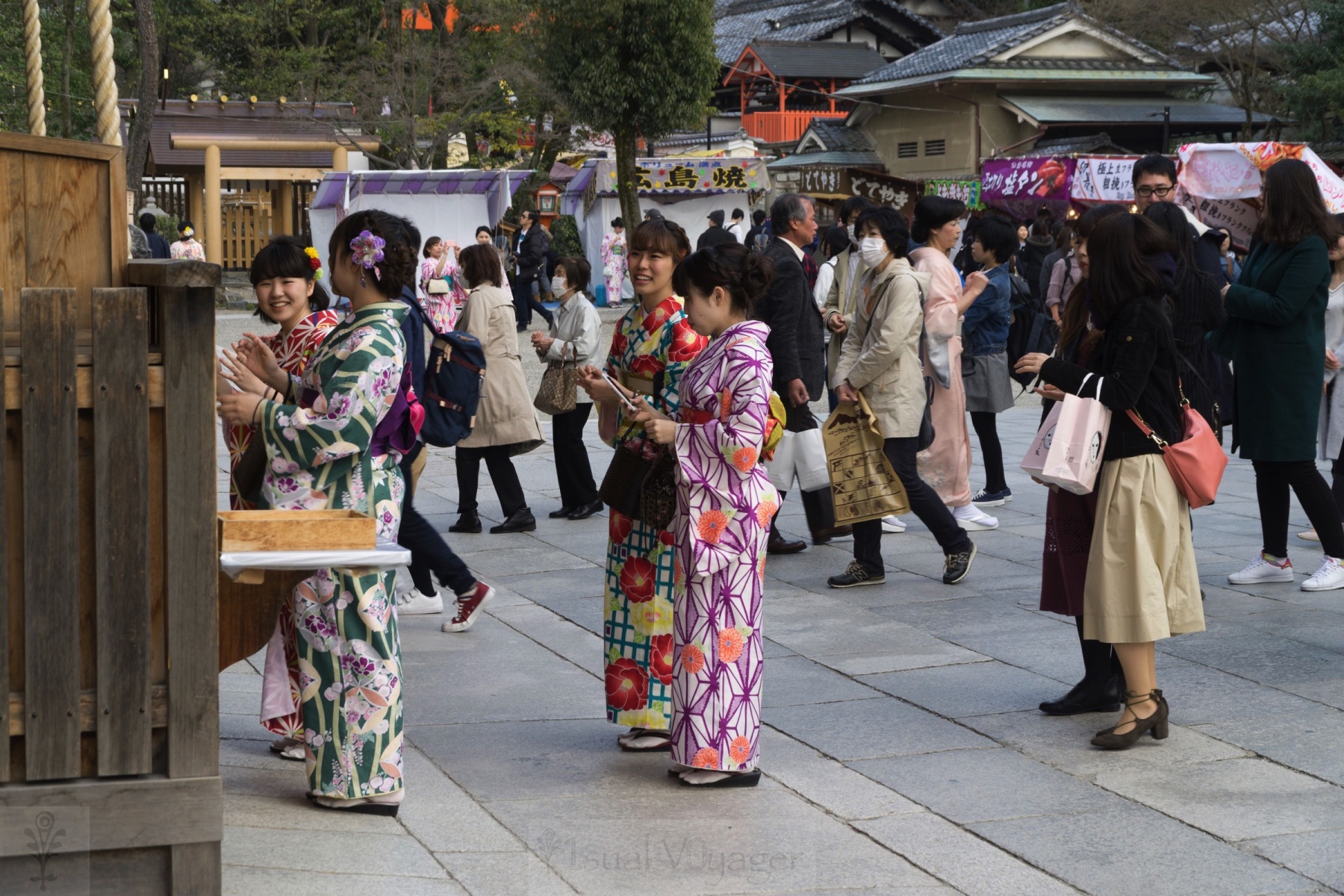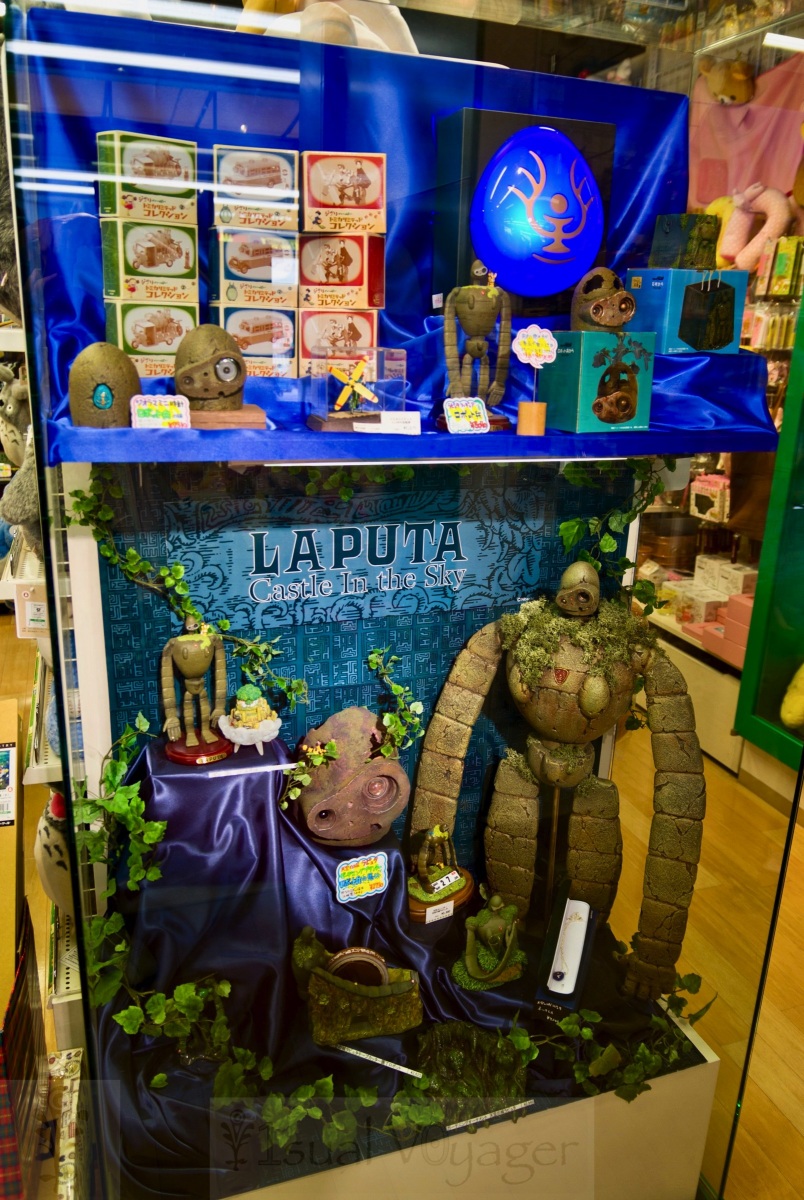Japan Tour April 2020
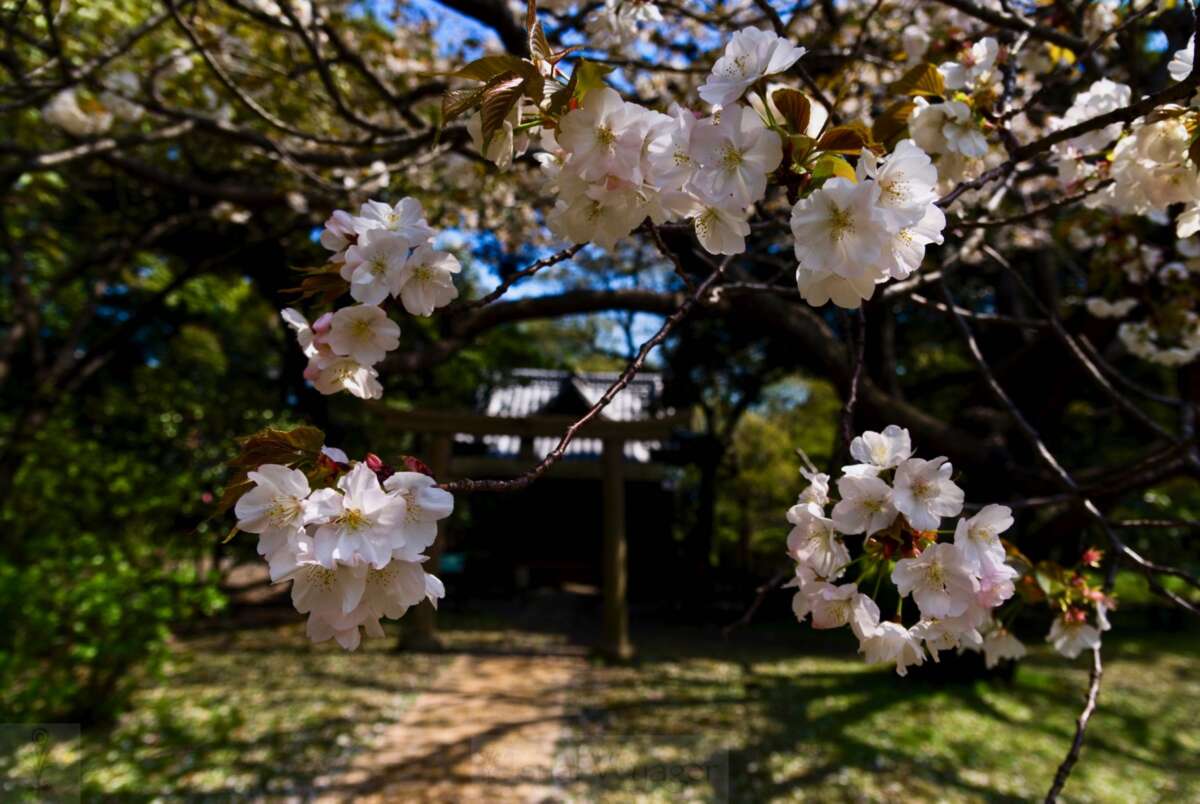

Japan Tour April 2020
Join us for a Japan Photographic Tour like no other, as we lead you on an amazing adventure exploring the diverse locations of Tokyo in the springtime plus the cities of Nagoya, Osaka and Kyoto. Includes a rare opportunity to visit the Cosina Factory where the world famous Voigtländer and Zeiss lenses are manufactured.
Experience Japan in Spring
Join us for an epic spring adventure to photograph a diverse range of locations and experiences in Tokyo, Nagoya, Osaka and Kyoto!
Along with your experienced photo tour leader, Chris Tham, we’ll explore a range of interesting photo locations and subjects, ranging from beautiful temples to exciting street photography at unique urban landscapes.
There is honestly no place on Earth quite like Japan and no tour quite like this one!
Visiting Japan in spring and exploring its many diverse locations and unique culture has been a dream of many photographers, and this tour gives you the opportunity to experience that dream!
Your tour leader is Mainline Photo Academy instructor and Voigtländer Ambassador Chris Tham who will work along with local guides and drivers so that you can experience unique locations seldom frequented by tourists.
Highlights:
- Spring in Japan
- Iconic street photography locations in Tokyo and Osaka
- Cosina Factory Tour in Nagano
- Historic temples in Kyoto
- Personalised instruction from your dedicated tour leader
Equipment:
Please bring a camera with a selection of prime lenses – 24/28mm, 35mm, 50mm and 75mm would be ideal – or maybe a 24-70mm zoom – plus plenty of memory cards and fully charged batteries.
Fitness:
Participants are expected to be in fair health and be capable of spending the days walking around the various areas while carrying their own equipment and luggage.
Accommodation
- Seven nights accommodation in well located, three star hotels
- One night accommodation at the Zenko-ji Yakuo-Inn – a traditional Japanese ryokan.
Transport
- Shinkansen (Japanese bullet train) for travel between cities
- Private bus (driven by locally licensed guide and driver) in Nagoya and Kyoto
- Public transport in Tokyo and Osaka
Physical Rating
Average (walking required in most locations)
Tour Price
AUD$5,995
(AUD$1,000 deposit required to book)
Single room supplement (AUD$1,000)
Tour Dates
19-25 April 2020
(excluding arrival and departure days)
Tour Size
small group experience
(6-8 people)
Tour Leader
Chris Tham
What’s Included and Excluded in the Photo Tour Fee
Included
- Tour leader
- Accommodations (Based on Double Occupancy)
- Breakfasts
- Group Dinner on last day of tour
- Seven day Japan Rail Pass
- Private mini bus in Nagoya and Kyoto with local guides
- Roundtrip Airport Transfer
- IC transport card with 3,000 yen credit for city transport
Excluded
- Airfare to and from Japan
- Lunch, Dinner, and snacks (apart from the Group Dinner)
- Drinks and Alcohol
- Tips for tour guides, drivers, bellhops etc.
- Entrance fees including those for temples, shrines and museums unless otherwise specified
- Any local transport (subways, taxis, buses) unless covered by the included passes
- Baggage handling & luggage forwarding unless otherwise specified
- Travel Insurance – one of our conditions of booking is that you have insurance to cover you for medical costs in Japan.
Itinerary Overview

Day 0
Arrive in Japan
(Saturday 18 April)
Welcome to Japan! Depending on how you arrive, we will make arrangements to transfer you to the hotel.
This evening you will join your tour leader at a welcome meeting, then if you feel like it you can head out with your group to one of the excellent nearby restaurants for an introduction to Japan’s outstanding cuisine and dining etiquette.

Day 1
Asakusa (浅草)
(Sunday 19 April)
In the morning we will explore the traditional quarter of Asakusa and familiarise ourselves with life in Japan. There will be some excellent opportunities for street photography and your tour leader will be more than happy to provide a few tips. We will focus on Senso-ji Temple, Asakusa amusement park and surrounding streets.

Tokyo Station (東京駅)
We will make a brief stop at Tokyo Station to allow you to photograph the historical facade of this station (the busiest in Japan). Your tour leader will arrange for your Japan Rail passes to be activated and book the Shinkansen trips for the rest of the tour on your behalf. You will need to carry your passports with you.

Hamarikyu Gardens
(浜離宮恩賜庭園)
Located at the mouth of the Sumida River, Hamarikyu Gardens is a 250,165 m² landscaped park surrounding Shioiri Pond, surrounded by a seawater moat filled by Tokyo Bay. It was remodeled as a public garden park on the site of a villa of the Shōgun Tokugawa family in the 17th century.
In the garden you can find a pond with a teahouse in the center. Visitors can cross one of the three bridges to reach the teahouse, where they can enjoy refreshment such as matcha and Japanese sweets.

Day 2
Nagano (長野)
(Monday 20 April)
Today you’ll leave Tokyo behind and make your way to the city of Nagano in the mountains via Shinkansen (Bullet Train). Nagano is famous as the host city of the 1998 Winter Olympics and as the location of Zenkō-ji (善光寺) – one of Japan’s most important temples.
The afternoon is free for you explore. Keep an eye for spring blossoms around the area.
Tonight you will be spending the night at one of Zenkō-ji’s affiliated shukubo lodgings. Accommodation will be in simple, Japanese-style rooms with tatami mats, sliding screen doors and comfortable futon mattresses.

Day 3
Cosina Factory Tour
(Tuesday 21 April)
Today we will go on a Cosina factory tour via a private bus. Cosina is a Japanese lens manufacturer known for making Zeiss ZM and Voigtländer lenses.
Note that by special arrangement with Cosina, we will have a unique opportunity to visit four of their facilities located around the area (casual visitors usually only get to see the headquarters).
Members of the tour who do not wish to do the factory visits can visit the nearby snow monkey park via the private bus.
Afterwards, we will travel to Osaka via Shinkansen (Bullet Train) and arrive in Osaka late in the evening.

Day 4
Osaka (大阪)
(Wednesday 22 April)
Yesterday was an epic day and you may wish to take it easy and recover today. Our arrangement today will be flexible and geared to your energy levels.
If you feel up to it, your tour leader will conduct a flexible walking tour around the area. Or you may want to explore Osaka at your own pace.
Alternatively, you can choose to sleep in and/or process your photos.
There are many options to explore within walking distance from the hotel. Your tour leader can take you to some of the following locations (based on group demand and interest).

Shinsaibashi-suji (心斎橋筋)
One of the world’s longest covered shopping street (and don’t forget to explore the adjacent alleys and streets as well!).

Amerikamura (アメリカ村)
The hip suburb of Amerikamura (“American Village”) is a hangout for foreigners and a hotspot for Japanese pop culture.

Namba Parks (なんばパークス)
If you are interested in retail therapy or architecture photography, the nearby Namba Parks is a 120-tenant shopping mall sculptured like a canyon with a rooftop garden.

Dotonbori (道頓堀)
For dinner, you may want to explore Dotonbori, a popular nightlife and entertainment area characterised by its eccentric atmosphere and large illuminated signboards.

Day 5
Kyoto (京都)
(Thursday 23 April)
Today we board the Shinkansen to travel to Kyoto.
A highlight of any journey to Japan, Kyoto was Japan’s capital for over a millennium and is home to an incredible 17 World Heritage Sites, including temples, shrines and some beautiful gardens.
We will arrange for you to be accompanied by a local professional guide and bus driver today. This is the best way to explore Kyoto, a city so rich in UNESCO World Heritage sites that it can be hard to know where to start!

Kinkaku-ji (金閣寺)
The “Temple of the Golden Pavilion” (officially named Rokuon-ji 鹿苑寺, literally “Deer Garden Temple”), is a Zen Buddhist temple. It is designated as a National Special Historic Site, a National Special Landscape and is one of the Historic Monuments of Ancient Kyoto which are World Heritage Sites.

Ginkaku-ji (銀閣寺)
The “Temple of the Silver Pavilion” (officially named Jishō-ji 慈照寺, literally “Temple of Shining Mercy”), is a Zen temple. Originally intended to be covered in silver foil, it remains unfinished.
In addition to the temple’s famous building, the property features a Japanese garden and wooded grounds covered with a variety of mosses.

Day 6
Tokyo (東京)
(Friday 24 April)
Today we will leave Kyoto to return back to Tokyo via the Shinkansen. Not long past Shizuoka keep your eyes open for the views of Mt. Fuji from the left side windows of the train.
We will be staying in Shinjuku, the bustling commercial and metropolitan heart of Tokyo.
You will explore this amazing area at your leisure. We recommend visiting the observation decks at the Tokyo Metropolitan Government Towers (free entry) – the views are spectacular.

Group Dinner
The east side has many department stores as well as Tokyo’s best-known red-light district, renowned for its variety of bars, restaurants. The west side (Yodobashi) is home to Tokyo’s largest concentration of skyscrapers.
Don’t forget to visit Map Camera, with an extremely large collection of new and used camera equipment, and you can even trade in your equipment and buy something else!
In the evening we will have a Group Dinner with guests from Cosina and a Show and Tell session afterwards where we invite tour participants to display their best photos for discussion by the rest of the group. A prize will be awarded to the most popular photo as voted by the group.

Day 7
Tokyo (東京)
(Saturday 25 April)
Today is the last day of the tour.
This is another flexible sightseeing day, in case you wish to do some shopping, or process your photos before returning home.
If you wish, you can join the tour leader to visit some of Tokyo’s famous districts and this is an excellent opportunity for street photography and soak in Japan’s unique modern culture.

Akihabara (秋葉原)
Akihabara is also known as “Electric Town” and considered by many to be the centre of modern Japanese popular culture and a major shopping district for video games, anime, manga, and technology. Icons from popular anime and manga are displayed prominently on the shops in the area, and numerous maid cafés are found throughout the district.

Harajuku (原宿)
Harajuku is a center of Japanese youth culture and fashion. Shopping and dining options include many small, youth-oriented, independent boutiques and cafés, but the neighborhood also attracts many larger international chain stores with high-end luxury merchandisers.

Shibuya (渋谷)
Shibuya is famous for the world’s busiest pedestrian crossing, as well as several fashion oriented shopping centres including Shibuya 109.

Day 8
Departure from Japan
(Sunday 26 April)
Sadly your time in Japan must come to an end. We wish you a pleasant journey home.
If you wish, you can prolong your stay and continue to explore parts of Japan.
Practical Questions
Click on any of the topics to view more information regarding the tour.
Single Room Supplement
This guarantees a single room at the Western style hotels (6 nights). However, solo travellers will be asked to share with another group member of the same sex at the Japanese ryokan inn (1 night).
Single-occupancy rooms are available on a first-come, first-served basis (in most places) and subject to a supplemental fee. We try to accommodate participants who request single accommodations, as well as those looking for a roommate. If a single room is requested, or if we are unable to find a suitable roommate, you will be required to pay the supplement.
Cancellation Policy
Your deposit is a firm commitment, and will be subject to a cancellation fee. For this reason, we recommend trip insurance. Please refer to our terms and conditions for the full details of our policies. Please do not make air travel arrangements until checking with us first.
Disclaimer
While these descriptions represent the photo tour’s planned itinerary, we reserve the right to revise it without notice as we see fit. Details on this page are also subject to change without notice, including substitutions of tour leaders. We reserve the right to cancel the tour if the minimum number of participants is not met. And while we don’t anticipate this happening, we reserve the right to adjust the fees for this photo tour due to factors outside of our control, such as fluctuations in currency rates, political or governmental action, new applicable taxes, and related issues. Please do not purchase air travel before confirming with us.
Fitness
Even when not using public transport, sightseeing in Japan often involves walking between sights, climbing up steps in temples and being ‘on the go’ for much of the day. To enjoy this tour you should be of moderate fitness, able to walk and climb stairs without difficulty and able to maintain a pace that is comfortable for the majority of the group.
Luggage
We highly recommend that to make your stay more enjoyable you pack reasonably light. Large suitcases will be an inconvenience to you. One small case or bag with wheels or a rucksack are most appropriate for this tour as you will have to carry your bags for short distances and some stations do not have escalators or elevators/lifts. There are very limited overhead storage space on Shinkansen trains and you will not be able to bring large suitcases on board.
In case you do have large luggage items, please inform your tour leader. The tour leader will be able to assist you in sending your luggage via next-day luggage forwarding (you will need to pay for this service as it is not included in your tour fee).
International Flights
This tour starts and finishes in Tokyo for arrivals/departures at Tokyo Narita Airport or Tokyo Haneda Airport.
Check-in
Please note that rooms at the Tokyo hotel are only available from 3pm. (You can, however, securely leave your luggage at the front desk at any time).

